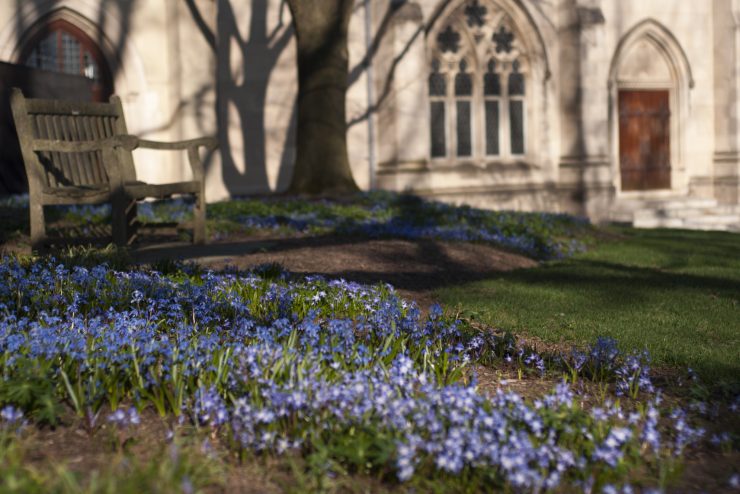What needs to die in our lives?

John 11:45-53
Many of the Jews therefore, who had come with Mary and had seen what Jesus did, believed in him. But some of them went to the Pharisees and told them what he had done. So the chief priests and the Pharisees called a meeting of the council, and said, ‘What are we to do? This man is performing many signs. If we let him go on like this, everyone will believe in him, and the Romans will come and destroy both our holy place* and our nation.’ But one of them, Caiaphas, who was high priest that year, said to them, ‘You know nothing at all! You do not understand that it is better for you to have one man die for the people than to have the whole nation destroyed.’ He did not say this on his own, but being high priest that year he prophesied that Jesus was about to die for the nation, and not for the nation only, but to gather into one the dispersed children of God. So from that day on they planned to put him to death.
The catalytic and miraculous event that put this murderous plot in motion was Jesus raising his friend Lazarus from the dead. Whereas Jesus’ opponents had previously discussed trying to kill him, Caiaphas formalized a plan to put Jesus to death. Lazarus’ death and subsequent resurrection by Jesus obviously had a profound effect on all who witnessed it and reported it. Some believed and others were fearful.
In his book, Jesus, Jesuit James Martin writes about his experience of visiting Bethany and the insights he received there. Martin said that the Lazarus story had been a seminal story in his own spiritual journey. There was a time when he was on retreat and was feeling pretty good about himself and his ministry and how that was going. He shared that with his spiritual director who encouraged him to spend the rest of his time on retreat praying and reflecting on this story. As he did, he had one of those spiritual awakenings, an aha moment, if you will, and he realized that there were things in his life that needed to die, things that he needed to leave in the tomb with Lazarus. Things that were necessary to die for him to fully live, to take on new life. He spoke about his need to be liked, his penchant for focusing on negative things, his desire to be in control.
During this journey in Lent we are called for self-reflection. I invite you to consider this morning, what in your life needs to die? What do you need to leave behind in the tomb of Lazarus so that you, too, may experience what Jesus and God intend for each one of us: new life in Christ, full, whole, beloved.
prayer
Collect for Saturday in the Fifth Week of Lent
O Lord, in your goodness you bestow abundant graces on your elect: Look with favor, we entreat you, upon those who in these Lenten days are being prepared for Holy Baptism, and grant them the help of your protection; through Jesus Christ your Son our Lord, who lives and reigns with you and the Holy Spirit, one God, for ever and ever. Amen. (Lesser Feasts and Fasts)